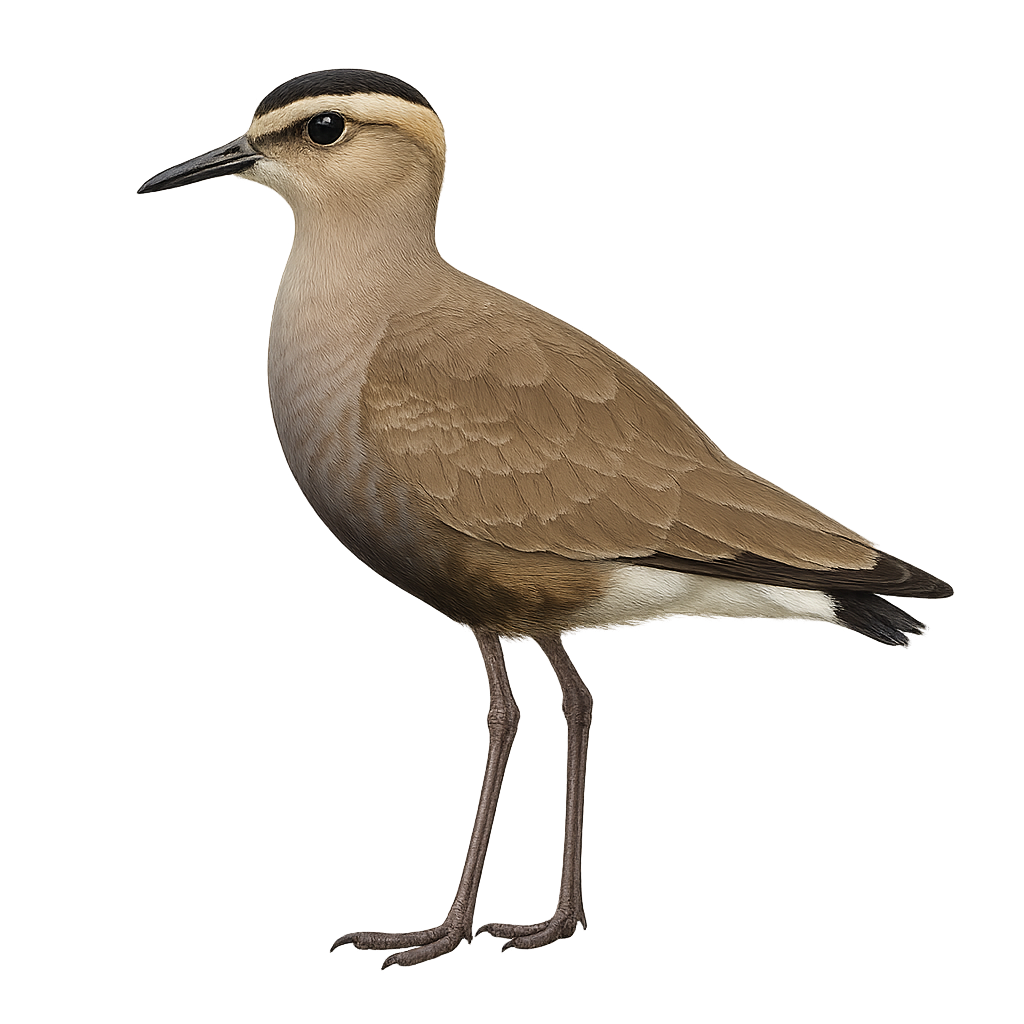Your wildlife photography guide.
Explore the sociable lapwing in detail, study its behavior, prepare your shots.
Where to observe and photograph the sociable lapwing in the wild
Learn where and when to spot the sociable lapwing in the wild, how to identify the species based on distinctive features, and what natural environments it inhabits. The WildlifePhotographer app offers tailored photography tips that reflect the sociable lapwing’s behavior, helping you capture better wildlife images. Explore the full species profile for key information including description, habitat, active periods, and approach techniques.
Sociable Lapwing
Scientific name: Vanellus gregarius

IUCN Status: Critically Endangered
Family: CHARADRIIDAE
Group: Birds
Sensitivity to human approach: Suspicious
Minimum approach distance: 30 m
Courtship display: May to June
Incubation: 23-25 jours
Hatchings: May to July
Habitat:
steppes, open grasslands
Activity period :
Primarily active during the day, with peak activity in the morning and late afternoon.
Identification and description:
The Sociable Lapwing, Vanellus gregarius, is a medium-sized migratory bird belonging to the Charadriidae family. It is distinguished by its elegant plumage, with a brown back, white belly, and a head adorned with black and white patterns. The wings are long and pointed, adapted for its long migratory flights. This bird primarily inhabits steppes and open grasslands, where it feeds on insects, seeds, and small invertebrates. Unfortunately, the Sociable Lapwing is critically endangered, mainly due to habitat loss and hunting. Conservation efforts are essential to ensure the survival of this unique and fascinating species.
Recommended lens:
400 mm – adjust based on distance, desired framing (portrait or habitat), and approach conditions.
Photography tips:
To photograph the Sociable Lapwing, it is advisable to use a telephoto lens of 400mm or more to capture detailed images without disturbing the bird. Approach slowly and discreetly, using the surrounding vegetation for camouflage. The best times to photograph are early morning or late afternoon when the light is soft and golden. Be patient and wait for the bird to feel comfortable to get natural and authentic shots.
The WildlifePhotographer App is coming soon!
Be the first to explore the best nature spots, track rutting seasons, log your observations, and observe more wildlife.
Already 1 431 wildlife lovers subscribed worldwide

